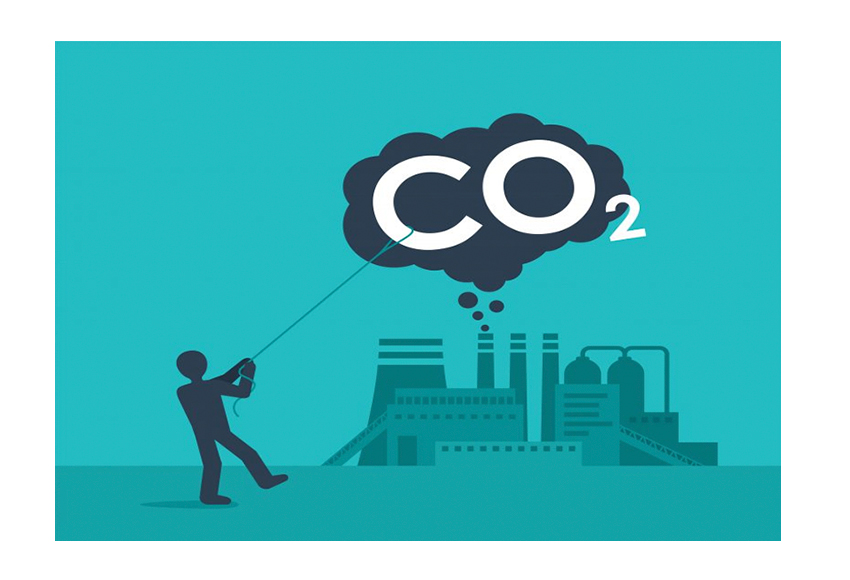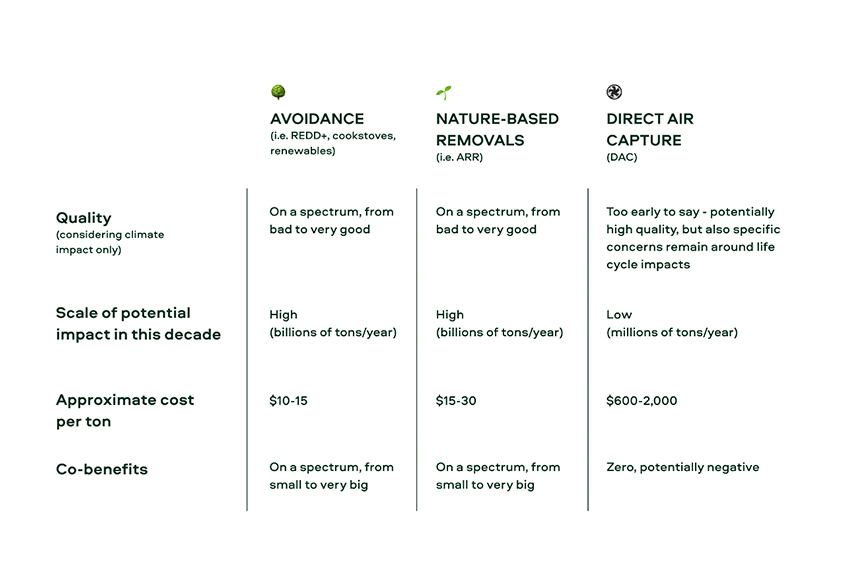Frequently, debates on the best approach to tackle climate change and reduce the amount of GHG emissions in the atmosphere are overwhelming. According to the Intergovernmental Panel on Climate Change (IPCC) summary for policymakers report in April 2022, carbon removal projects are essential in balancing the unavoidable emissions to achieve a net zero emission. Does this mean carbon removal projects are superior to carbon avoidance credits? The answer is NO!
Focusing solely on either one does not address the overall problem of reducing the GHG already in the atmosphere. Both avoidance and removal projects have pros and cons but more importantly, they help to achieve a neutral carbon balance.
What are Carbon Offset Credits?
Carbon offset projects aim to reduce all or a certain amount of carbon emissions by targeting activities and capturing the emission they create or preventing them altogether. The goal is to remove or reduce the carbon footprint.
Carbon credits represent an emission reduction of 1 metric ton of CO2 generated from all human activities and awarded by a third party (Gold Standard, Verified Carbon Standard, Climate Action Reserve, American Carbon Registry) to these carbon offset projects. The credits can be bought, traded or ‘retired’- (it has been used to claim an emission cut or reduction and cannot be re-sold). See the illustration below.

Carbon Avoidance vs Carbon Removal Credits
Carbon offsets are broadly categorized into carbon avoidance and carbon removal projects either of which generates credits that can be purchased to offset a company or individual’s emission.
Carbon Avoidance projects: refers to projects that reduce carbon emissions using improved alternatives when compared to the baseline scenario. These projects target carbon emission activities and capture the emission they create or prevent the activities altogether. For instance, the forest protection projects (REDD+) and renewable energy.
Carbon Removal projects: focus on removing or absorbing carbon emissions directly from the atmosphere. There are a growing number of techniques for these kinds of projects. Usually, they are classified into nature-based and technology-based solutions. As an illustration, planting of timber trees, and Direct-Air-Capture.

Are Carbon avoidance credits better than Carbon removal credits?
Currently, the number of companies who are interested in voluntary carbon offsetting has increased drastically. Numerous companies have focused on carbon avoidance credits. Probably, because carbon avoidance credits dominate the supply market and account for more than 90% of the carbon credits across the four largest voluntary carbon standards.
There are several considerations when deciding on the type of offset credits to be invested in:
- Quality: From experience, there is not one credit type superior to the other. There are carbon removal projects with mechanisms poorly designed and carbon avoidance projects with very high quality and vice versa.
- The scale of potential impact: It is important to consider the role of the project in the global climate change context. According to the IPCC April 2022 report, to achieve net zero by 2050, there is a need for large GHG reductions only achievable by carbon removals. However, given the scale at which the GHG reductions need to be done, the Voluntary Carbon Market (VCM) is not close.
- Cost: Carbon removals cost more than carbon avoidance projects that require huge investments. It is important to note that both types of investments are necessary and can be in a balancing ratio.
- Scientific uncertainty: Scientific research has shown that it is more effective to avoid GHG emissions than to remove them. The effects of carbon removals do not equate to carbon avoidance when considering the complex interactions with carbon sinks.
- Co-benefits: There are several benefits from investing in carbon avoidance projects that carbon removal projects do not have. Some of these benefits connect with the Sustainable Development Goals.
Let us take a look at the analysis between these types of credits:

Conclusion
Focusing solely on carbon avoidance credits does not address the overall problem of reducing the GHG already in the atmosphere. Both avoidance and removal are equally essential to achieve a neutral carbon balance. Therefore, it is important not to promote one at the expense of the other. There is an equal and balanced need to invest in carbon avoidance and carbon removal projects to achieve a net zero global goal.
At ALLCOT Trading, our mission is to promote additional sustainable impact with every transaction. If you want to achieve this in a fair, transparent and win-win scenario, contact us and together we will make it happen.



